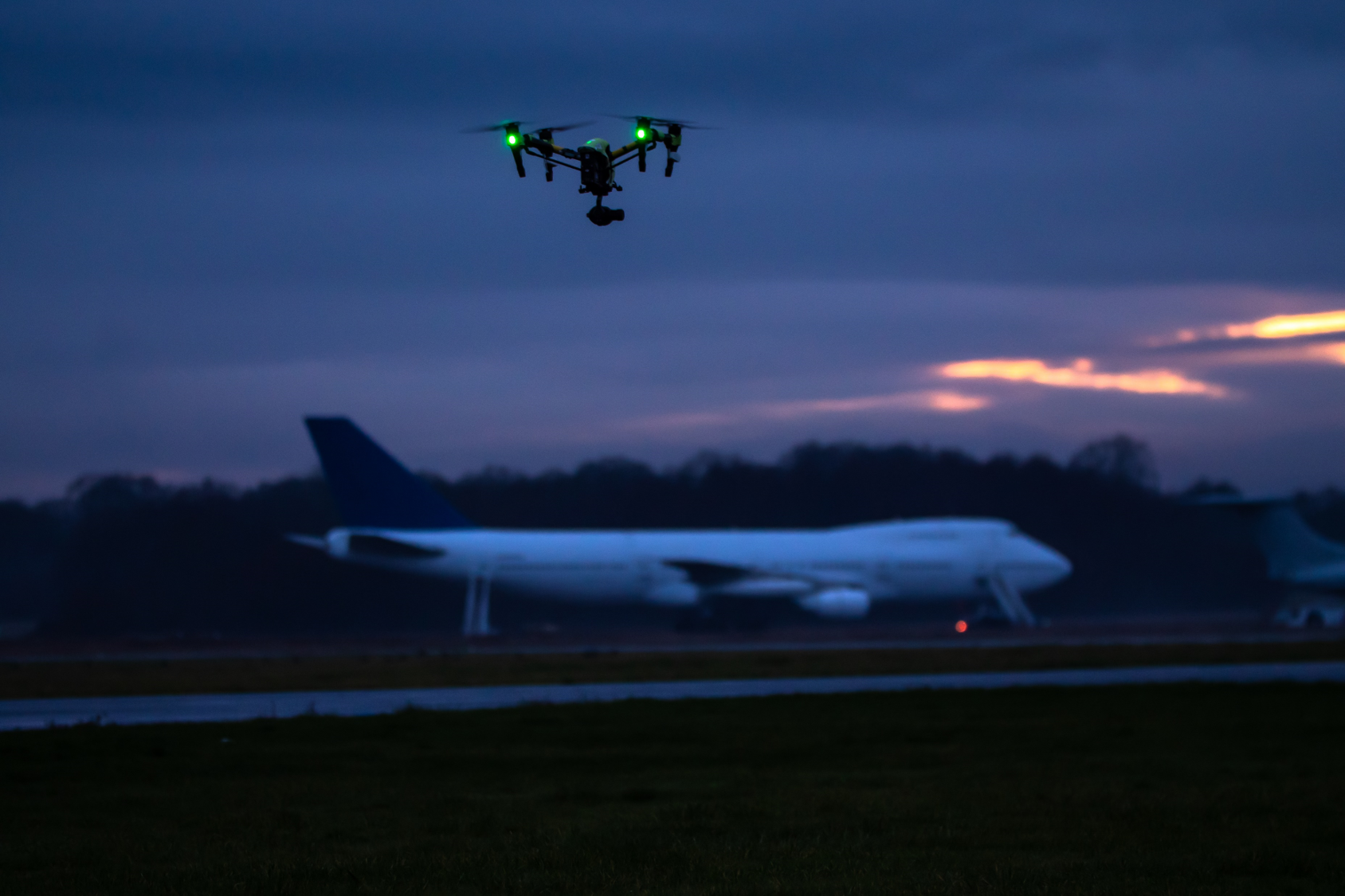
Defense electronics specialist Hensoldt and air traffic management system (ATM) supplier Frequentis have signed a memorandum of understanding (MOU) to increase their collaboration on developing integrated counter-drone systems for airports.
The companies are currently participating in a research project awarded by Germany’s Federal Ministry of Transport in December to develop a counter-unmanned aircraft system (C-UAS) installation at Hamburg Airport.
Other partners in the “Falke” project are Lufthansa, air navigation service provider DFS, the German Federal Police and Helmut-Schmidt University.
Under the agreement announced Mar. 12, the companies will “intensify” their collaboration. “Together with Frequentis, we will create a modular counter-UAS system optimized for the specific needs of airports,” Hensoldt Ventures head of sales and business development Markus Wolf said.
Hensoldt, based in Taufkirchen, Germany, will provide detection, identification and mitigation modules from its “Xpeller” C-UAS system.
Meanwhile Vienna-based Frequentis will provide system components in the areas of ATM-grade surveillance data automation, data fusion and exchange, shared situational awareness and UAS Traffic Management.
“The formation of this MOU further reinforces our intention to create effective solutions to differentiate cooperative and non-cooperative flying objects and ensure shared situational awareness and interoperability with existing airport surveillance infrastructures,” Frequentis head of business development Günter Graf said.
